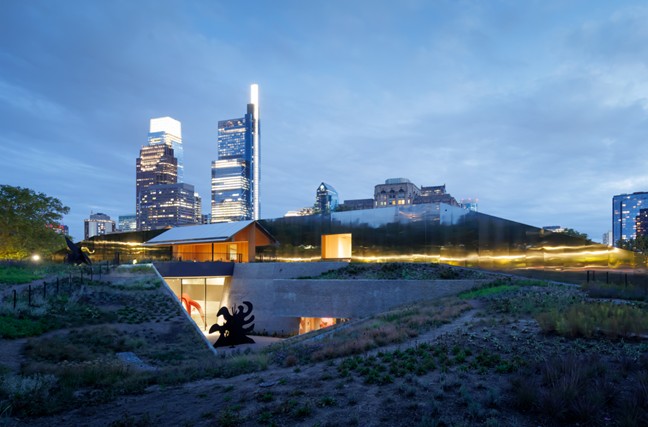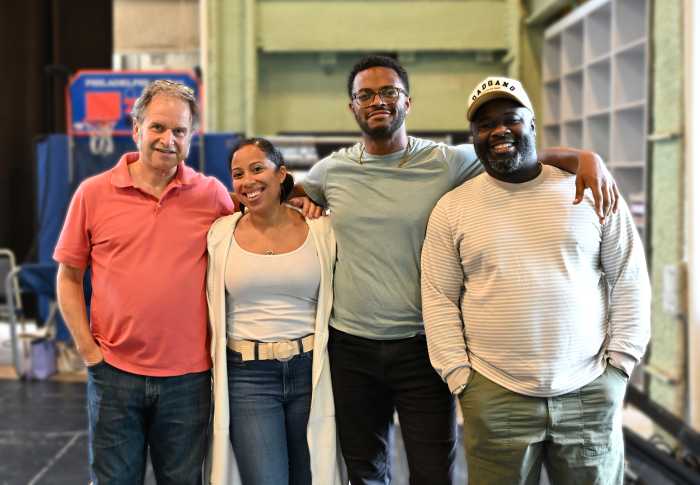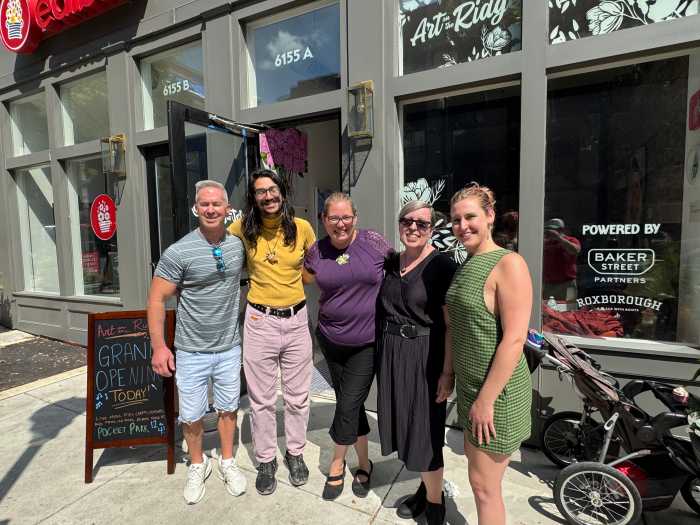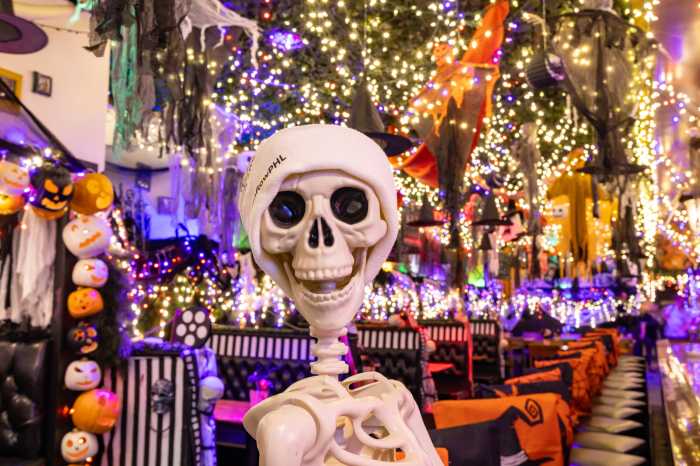By Luz Lancheros, MWN
Perry Mason is considered by many as one of the greatest fictional criminal lawyers of the 20th century featured in dozens of detective novels, 25 films and two successful television series from the 1960s and 1970s. But, unlike his immaculate and iconic colleagues — starting with the elegant Hercule Poirot, for example — this character, rescued in the new and highly praised HBO miniseries, shows all the rawness and sleaze through his personal history and a crucial time: the early 1930s eaten away by the Great Depression, by its darkness and chaos from which the United States was rebuilding itself.
This was also reflected by the series’ costume designer, Emma Potter, who showed through the costumes all the harshness of the time, but also the naturalness of its timeless elegance. Metro talked to her to learn more.

How did you reinterpret Perry Mason’s look?
He has a look that is quite classic. It’s timeless: there are elements that fit his era, but others give it a “cool” air. We saw the script and there’s wonderful information that tells us where he gets his clothes. He feels comfortable in them, he can get them easily and that he doesn’t have as much money to spend on them. Talking to Matthew Rhys (who plays Mason), the ideal was that the first premise (comfort) was fulfilled. That’s how we developed the character. We looked at the silhouettes and shapes of men’s fashion in the 1930s, but we also wanted everything to be based on what we had proposed. So we created oversized, looser, not-so-tight pieces. For example, if you see his leather jacket, it’s something that people would wear right now and would like to wear because vintage leather is still a very attractive texture.
What was it like to recreate all the textures of that time?
The textures of that time were what I liked the most. When I started researching and looking at photographs, what struck me most was the quality of people’s clothes. People didn’t have access to so many pieces back then, so the workmanship, the stitching, was either durable and flawless or it was inherited. And a character like Perry Mason goes a lot in that mood. As for Lupe’s character (played by Veronica Falcon), the leather is softer, you can see that it’s a garment she acquired for her profession as a pilot. It’s not so ragged and it really fits her. She’s the only person who’s ever worn it. So, we have given character and construction to each garment, giving it texture and this includes painting it, bringing it, little by little, to give it this realistic character that we were looking for.
How was it to create the women’s looks? For example, Sister Alice’s (Tatiana Maslany) outfit is based on a real historical character.
Sister Alice is based on Aimee Semple McPherson, who was an evangelical pastor in Los Angeles at the time. I had to learn who she really was. She was very inspiring visually. She had this theatrical and Hollywood vision of clothing, costumes that reflected that. And so we developed the pieces, to give that statement character. At the same time, when developing those looks, we thought about the character behind all that paraphernalia and we developed that with Tatiana as well. We showed that what she wears is influenced by her mother and that the clothes have a tendency to be more of the previous decade. So we looked for a palette and pieces that would go with those guidelines. With Della (Perry’s secretary, Della Street played by Juliet Rylance) we wanted to create something really unique, in the sense that people could identify with her. That way, Juliet and I looked at iconic women of the time who had that natural sign for clothes and a certain sensitivity. We used a lot of vintage pieces, some of them belonged to her mother.
What is the most fascinating element of 1930s fashion for you?
I think one of the most interesting things is the unique and timeless life of this period. Many of the images from 1931-32, seem to show that you could wear clothes in any era. And in the pictures, you see that many of those generations were still in the silhouettes of the 1920s. And the younger women were wearing better fitting, more stylish, longer clothes in a very natural way. And they look radically different. With menswear we had a challenge, in terms of our work, because the story of the characters determined a lot the use of the first trend or the one imposed by young people. Elias Birchard (the prominent lawyer played by John Lithgow) is more of a 1920s man being a millionaire. Paul Drake (policeman played by Chris Chalk) totally reflects the era. In contrast, Perry Mason moves between the two worlds and that was very entertaining to achieve.





























